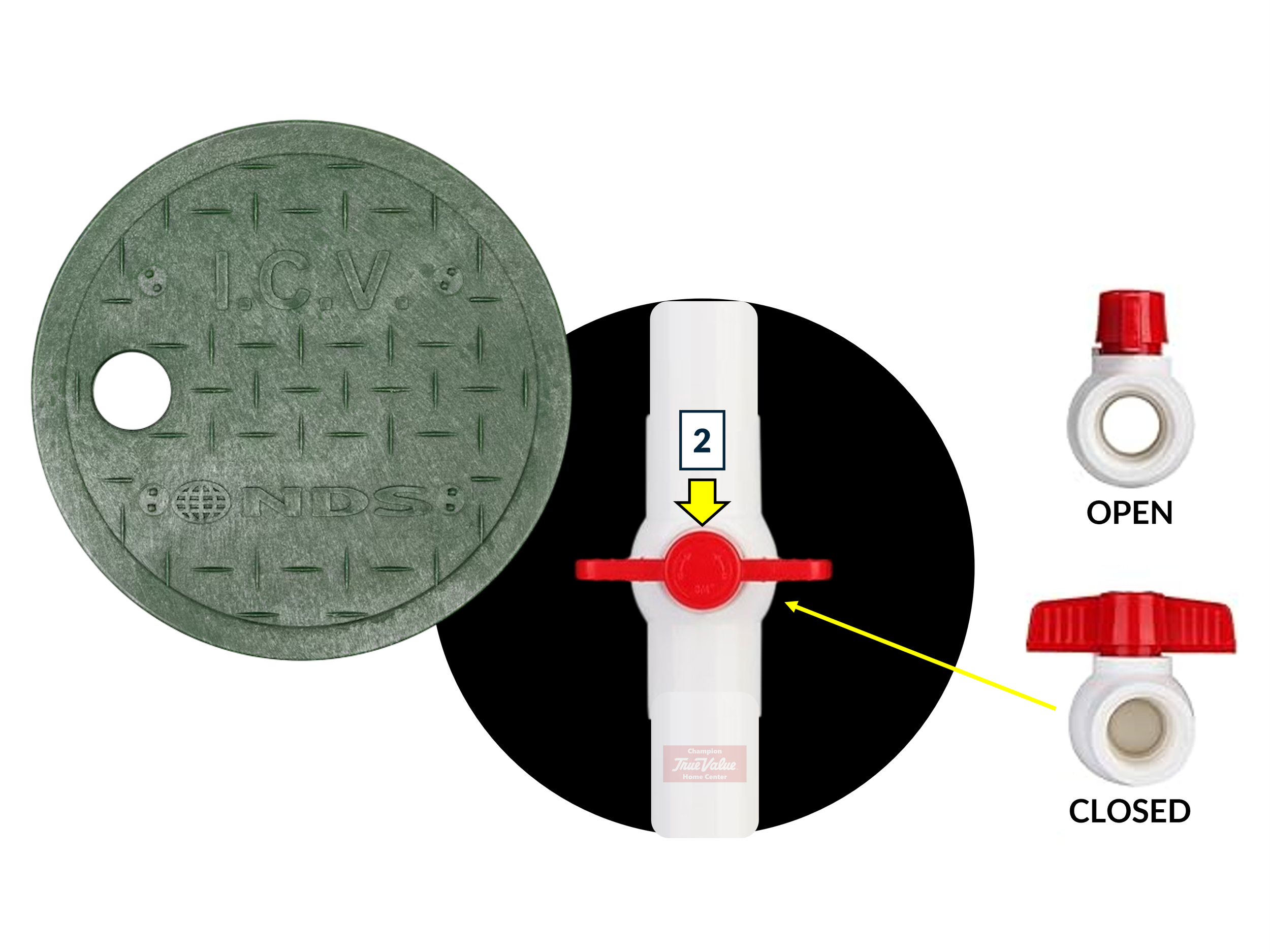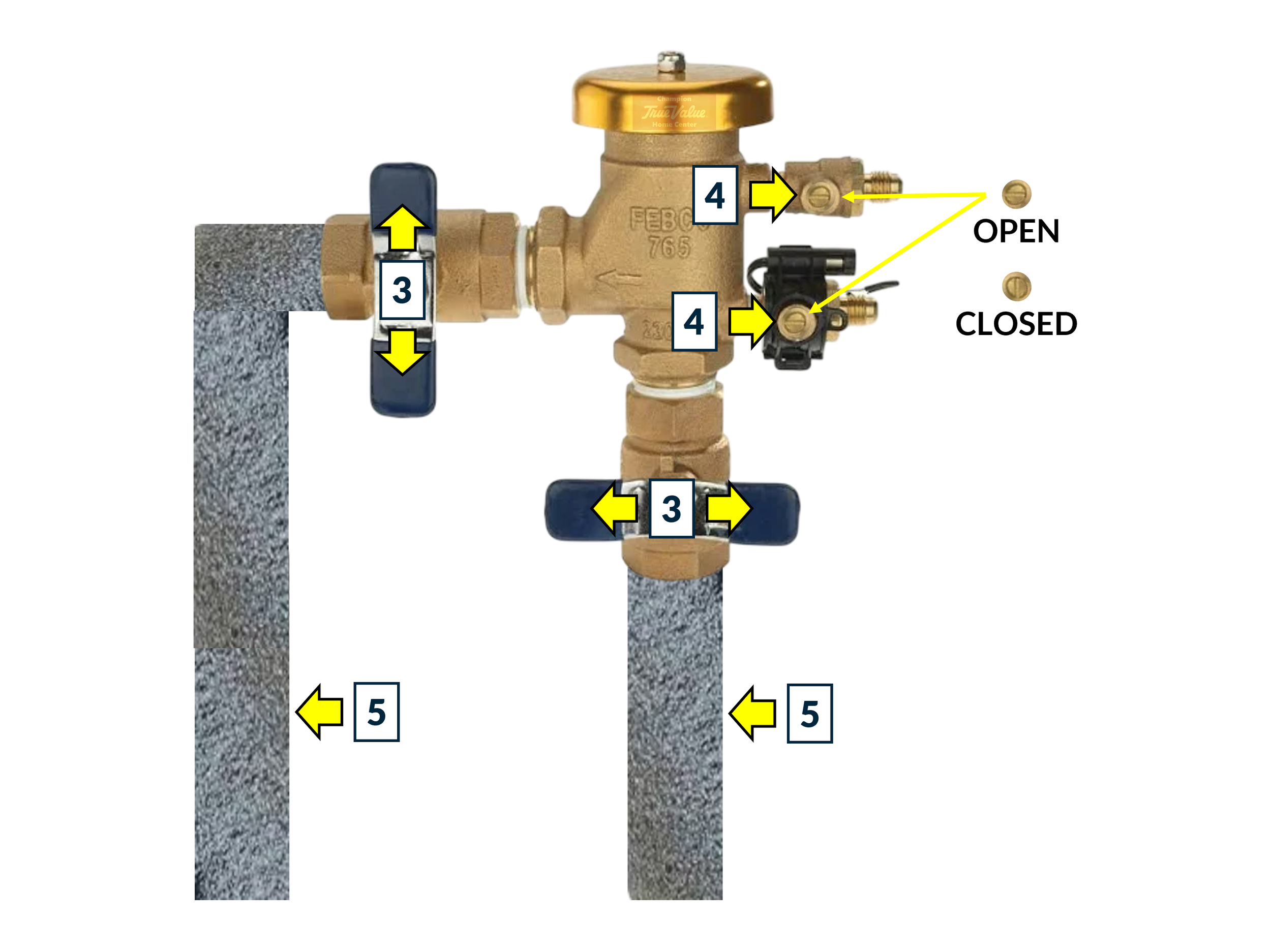Champion True Value Hardware
16720 Champion Forest Dr
MON - SAT: 8 AM - 7 PM, SUN: 10 AM - 6 PM
How to Winterize YOUR Sprinkler System
When frost penetrates deeper than the level of your irrigation lines, freezing can cause serious damage. Winterizing your system is a simple way to protect it and avoid expensive repairs once spring arrives.
The good news is that frozen or burst pipes are preventable. By making winterization a yearly routine, you’ll keep your irrigation system in working order. All it takes is draining the lines and shutting the system down after your final watering of the season.
This guide explains the different methods for draining irrigation and sprinkler systems, with step‑by‑step instructions for each. Keep reading to learn how to safeguard your system before cold weather sets in.
What You’ll Need
Slotted screwdriver
Self-seal pipe insulation
Insulated backflow cover or towel, trash bag, and duct tape
Step-by-Step Instructions
1. Turn Off the Irrigation System
Turn off your irrigation system at the control panel. (Usually located in the garage.)
2. Close Off the Main Water Supply to the Irrigation System
Locate the main water supply valve box to the irrigation system and turn the valve to the closed position inside the valve box. (Usually located at the curb or in front of the backflow preventer.)
3. Close the Valves
Locate your backflow preventer on the side of your house. Turn the valves to the closed position located on the horizontal pipe and vertical pipe connected to the backflow preventer.
4. Drain the Backflow Preventer
Drain the backflow preventer by turning the bleeder valves 90 degrees to the right using a slotted screwdriver. This will open the bleeder valves and allow the remaining water to drain.
5. Cover Exposed Pipes
Make sure you cover the pipes using self-seal pipe insulation leading to the backflow preventer.
6. Cover the Backflow Preventer
Once Steps 1-5 are completed, cover the backflow preventer and pipes with an insulated backflow cover. (Remember to seal the bottom of the cover!)
An alternative to an insulated backflow cover is to wrap the back flow preventer with a towel, cover it with a trash bag, and seal it with duct tape.




